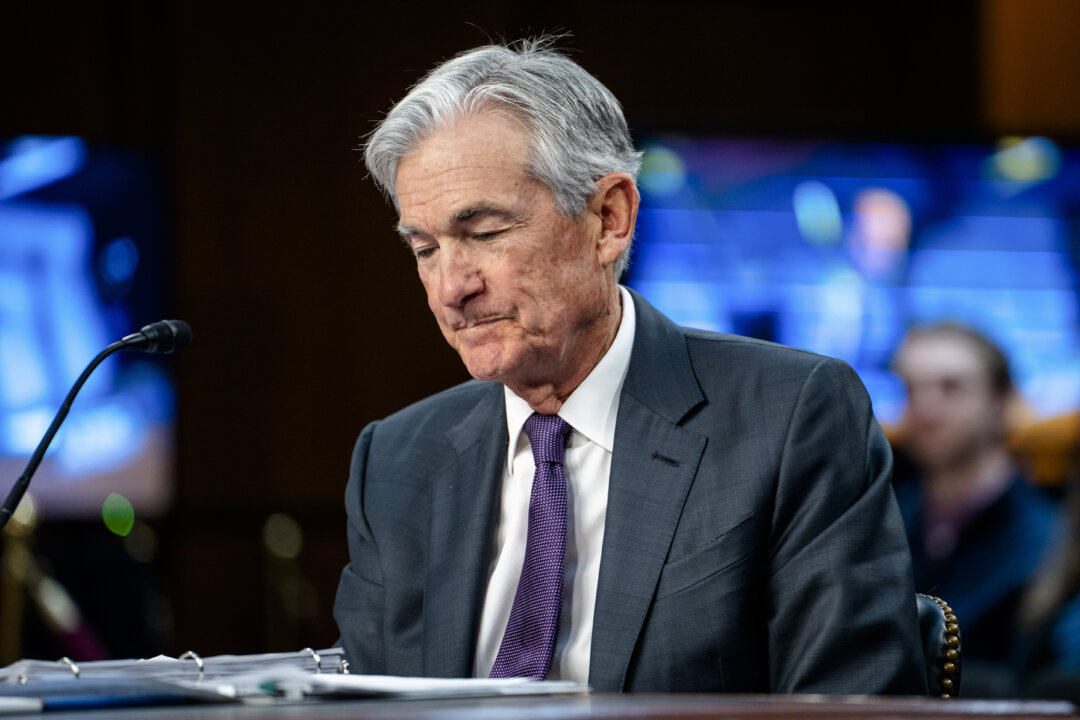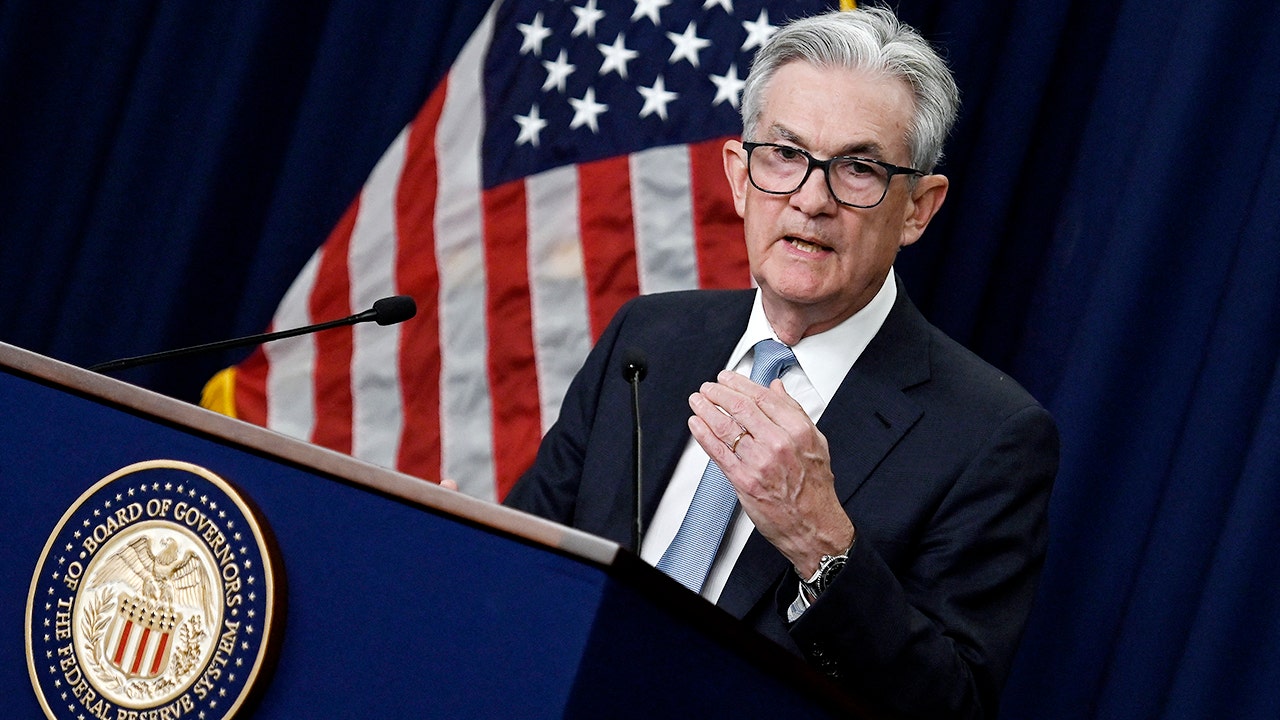Federal Reserve Chair Warns of Potential Supply Shocks and Economic Challenges Ahead
Jerome Powell highlights risks of supply shocks impacting U.S. economy as Fed maintains current interest rates amidst ongoing economic uncertainties.
Subscribe to unlock this story
We really don't like cutting you off, but you've reached your monthly limit. At just $5/month, subscriptions are how we keep this project going. Start your free 7-day trial today!
Get StartedHave an account? Sign in
Overview
Federal Reserve Chair Jerome Powell cautioned at the Thomas Laubach Research Conference about impending supply shocks and their impact on inflation volatility. He indicated that the Fed's monetary policy framework may need adjustments as supply chain issues emerge, potentially leading to sustained higher interest rates. Powell emphasized the importance of keeping inflation expectations anchored at 2% while acknowledging changing economic conditions and the likely persistence of volatility. As U.S. import bookings show signs of recovery, the Fed continues its assessment ahead of upcoming policy meetings, with inflation still above target rates.
Report issue

Read both sides in 5 minutes each day
Analysis
- Fed chair Powell warns of potential increase in supply shocks, impacting U.S. economy and monetary policy.
- The central bank's current interest rate is stable, reflecting a cautious approach amid economic uncertainty and inflation volatility.
- Recent trade negotiations and tariff policies may continue to create challenges for businesses and consumers.
Articles (3)
Center (1)
FAQ
Supply shocks refer to sudden disruptions in the availability of goods and commodities, leading to volatility in prices and economic instability. They are significant because they can cause inflation to become more volatile, complicating the Federal Reserve's efforts to manage inflation and economic growth.
Jerome Powell warned that long-term interest rates in the U.S. are likely to be higher because of the rising possibility of more frequent and persistent supply shocks, which could increase inflation volatility and require the Fed to maintain higher real rates.
The Federal Reserve is maintaining current interest rates in the range of 4.25% to 4.5% while continuing to assess economic conditions, keeping inflation expectations anchored at 2%, and considering potential adjustments in its monetary policy framework to address the challenges posed by supply shocks.
Supply shocks can cause inflation to become more volatile and challenging to predict, but the Federal Reserve aims to keep inflation expectations anchored at its 2% target, which remains a critical goal despite the increased risks from supply disruptions.
The era of near-zero interest rates is unlikely to return soon because the Federal Reserve is facing a changed economic environment with persistent inflation pressures and potential for more frequent supply shocks, leading to a need for higher real interest rates to manage inflation and economic stability.
History
- This story does not have any previous versions.


